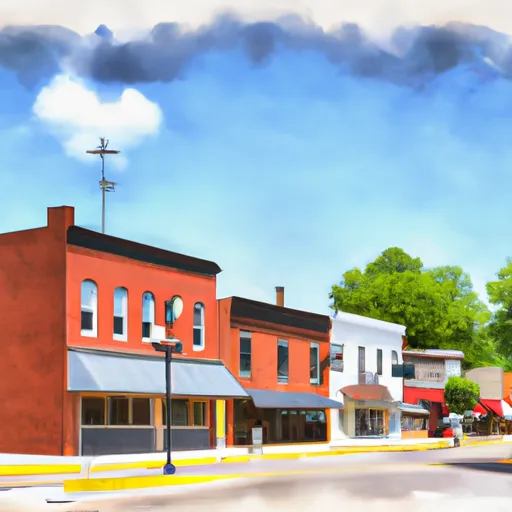°F
°F
mph
Windspeed
%
Humidity











Avilla is a small town located in northeast Indiana. The climate in Avilla is typical of the Midwest, with warm summers and cold winters. The town is located near several waterways, including the St. Joseph River and Lake Michigan. The hydrology constituents in Avilla are primarily made up of agricultural runoff and residential wastewater. However, the town has implemented measures to improve water quality and reduce pollution. Avilla offers several outdoor recreation opportunities, including hiking and biking trails, fishing and boating on nearby lakes and rivers, and golfing at one of the town's golf courses. The town also hosts several community events throughout the year, including a summer festival and a Christmas parade.
Weather Forecast
Avilla receives approximately 973mm of rain per year, with humidity levels near 84% and air temperatures averaging around 10°C. Avilla has a plant hardyness factor of 5, meaning plants and agriculture in this region thrive during a short period during spring and early summer. Most plants will die off during the colder winter months.
Nearby Snowpack Depths
7
Inches
Regional Streamflow Levels
38
Cubic Feet Per Second
2
Cubic Feet Per Second
27
Cubic Feet Per Second
2
Cubic Feet Per Second
Nearby Camping
| Camping Area | Reservations | Toilets | Showers |
|---|---|---|---|
| Paul Ogle Riverfront Park | |||
| Johnny Appleseed Park | |||
| Versailles State Park | |||
| Hidden Diamonds City Park | |||
| Chain OLakes State Park | |||
| Kil-So-Quah - J. Edward Roush Lake |



